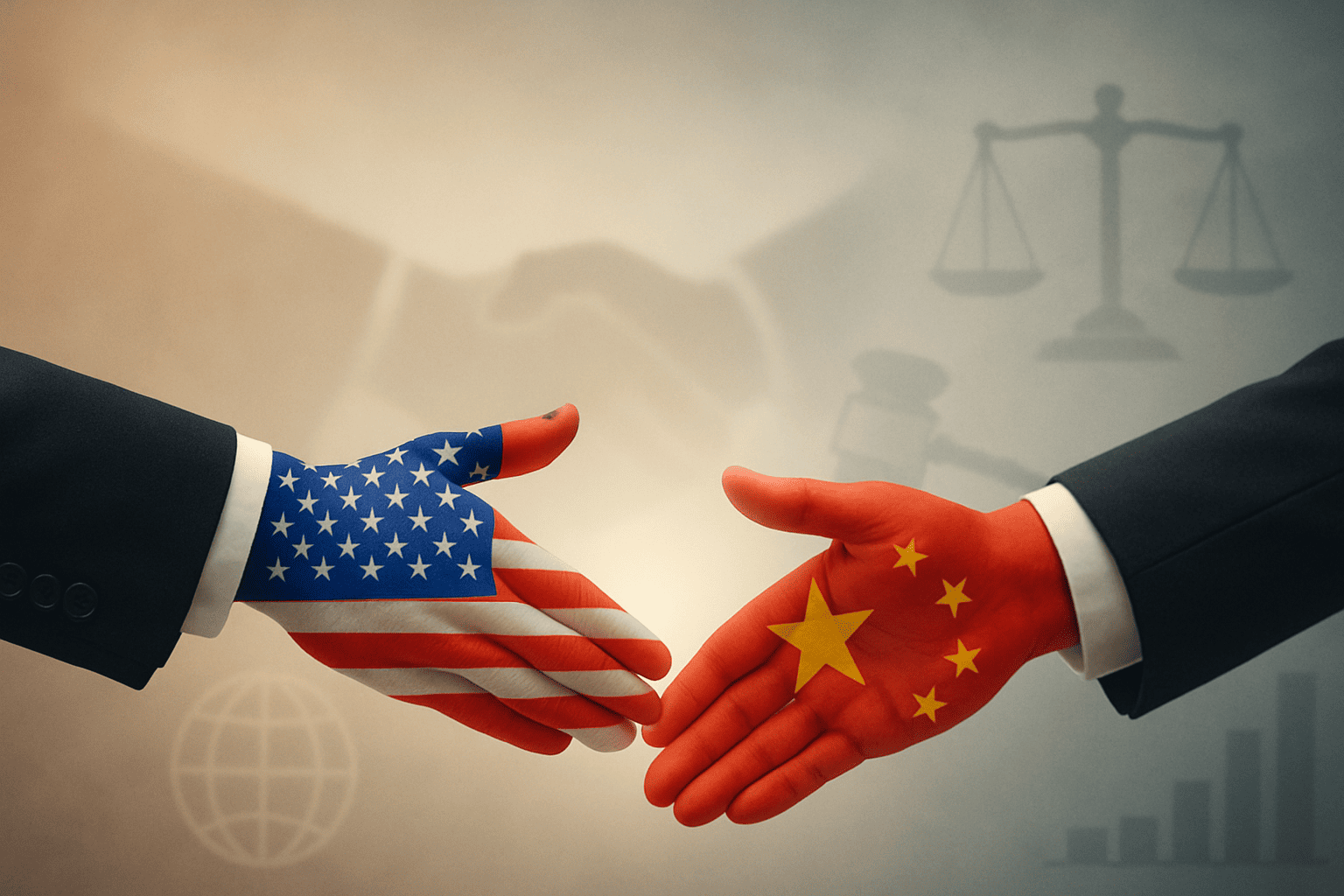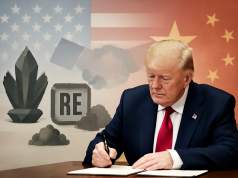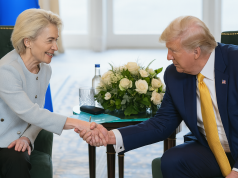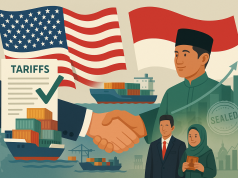On Monday, China stated that the United States has severely violated the tariff agreement and is undermining the temporary trade truce between the two countries, which was established on May 12. It added that the Trump administration is fueling the trade war by blocking the sale of chip design software to China, issuing guidelines for the export control of Artificial Intelligence chips, and planning to revoke Chinese student visas.
The Chinese Ministry of Commerce stated that the US has seriously undermined the existing accord reached during a call in January between the leaders at the Geneva Economic and Trade talks. It seriously damaged Beijing’s legitimate rights and interests. The remarks came after US President Donald Trump said Friday that the Xi administration had totally violated its agreement with the US. Experts say that the escalation of rhetoric raises concerns that both trade rivals may encounter further stumbling blocks as they pursue trade talks.
Trump didn’t share details, but later, Trade Representative Jamieson Greer stated that Beijing hadn’t been removing non-tariff barriers as agreed upon under the agreement. Under the May trade deal, Washington dropped tariffs imposed on goods from China from 145% to 30%, and China lowered tariffs on US goods from 125% to 10%.
A Chinese analyst at Gavekal Research, Arthur Kroeber, said in a report that fresh conflicts between the two world’s top economies show that several questions left unanswered after the Geneva ceasefire in mid-May still have unsatisfactory answers. He added that it is unclear whether US trade policy is being steered by Trump, his trade negotiators, or his national security team.
Will a new deal strike soon?
The latest allegations may suggest that dialogues between the US and China are not progressing as planned. However, two top White House officials suggested on Sunday that leaders of both nations could hold talks soon. Wall Street dropped on Monday amid growing concerns about a potential steep trade conflict between the two countries. The S&P 500 fell 0.4% and the Nasdaq composite plunged 0.1%.
The May 12 deal lasts 90 days, creating time for Washington and Beijing negotiations to reach a more substantive pact. However, the pause still leaves tariffs at levels above those before Trump began increasing them in May. Investors and businesses must also contend with uncertainty about whether the agreement will be sustained.

The Chinese Commerce Ministry stated that Beijing fulfilled its end of the deal, suspending or canceling tariffs and non-tariff measures taken against the US in response to the pact. However, it claimed that the US government has unilaterally triggered new trade and economic frictions, worsening the instability and uncertainty in trade ties between them, citing curbs on exports of AI chips and chip design software to Beijing.
The statement also highlighted the US government’s threat to strip visas from Chinese students studying at American universities as jeopardizing the trade pact between the two countries. Last week, the Trump administration accelerated the clash with China by announcing it would begin revoking visas for Chinese students in the US. American campuses host over 275,000 students from China.
Similarly, the US president also announced last week that Washington would double its existing tariffs on steel and aluminum from 25% to 50% starting Wednesday. At a rally in Pittsburgh, Pennsylvania, on Friday, Trump stated that the move would help strengthen the local steel industry and the national supply while lessening the country’s dependence on China.










